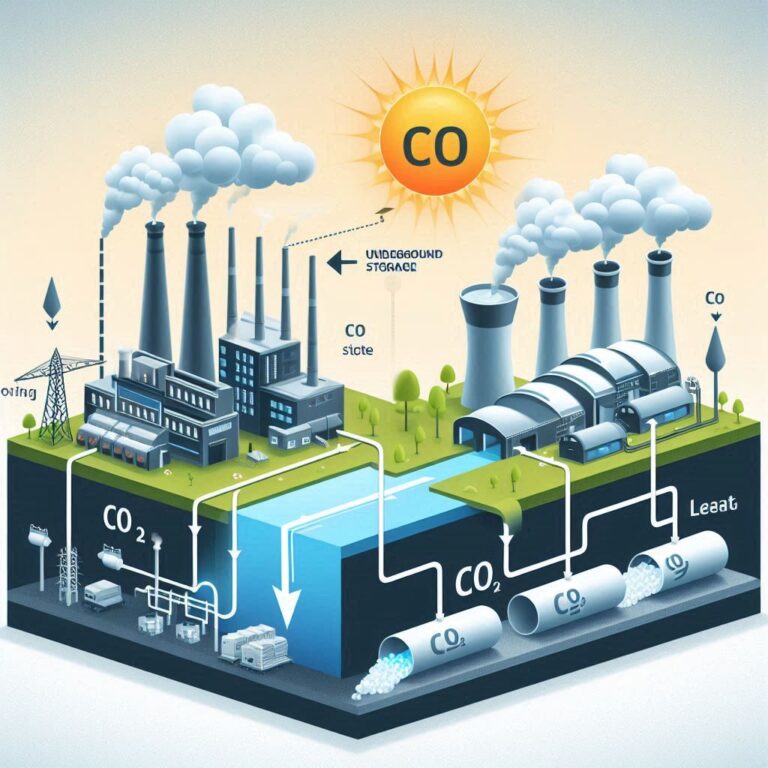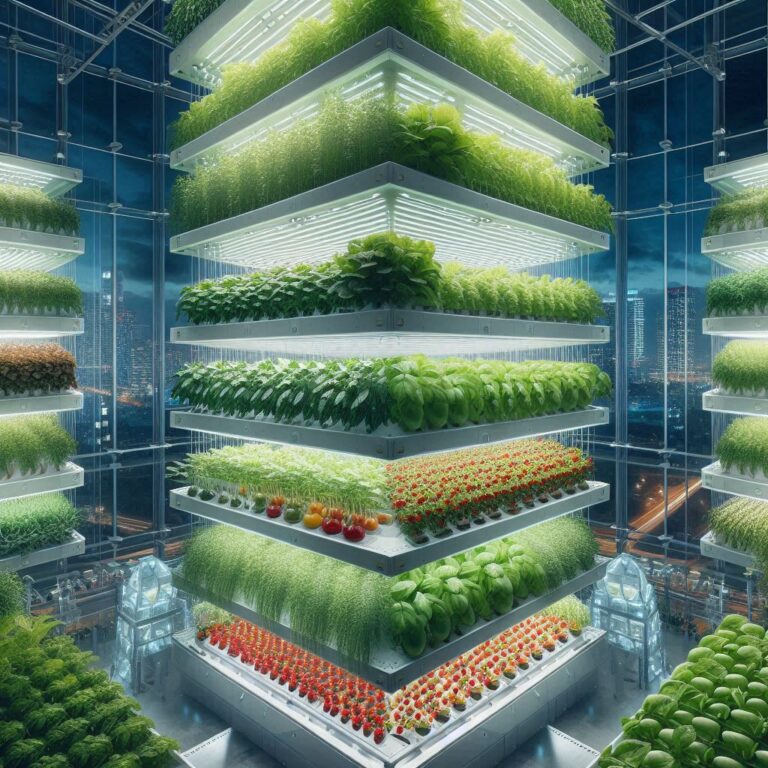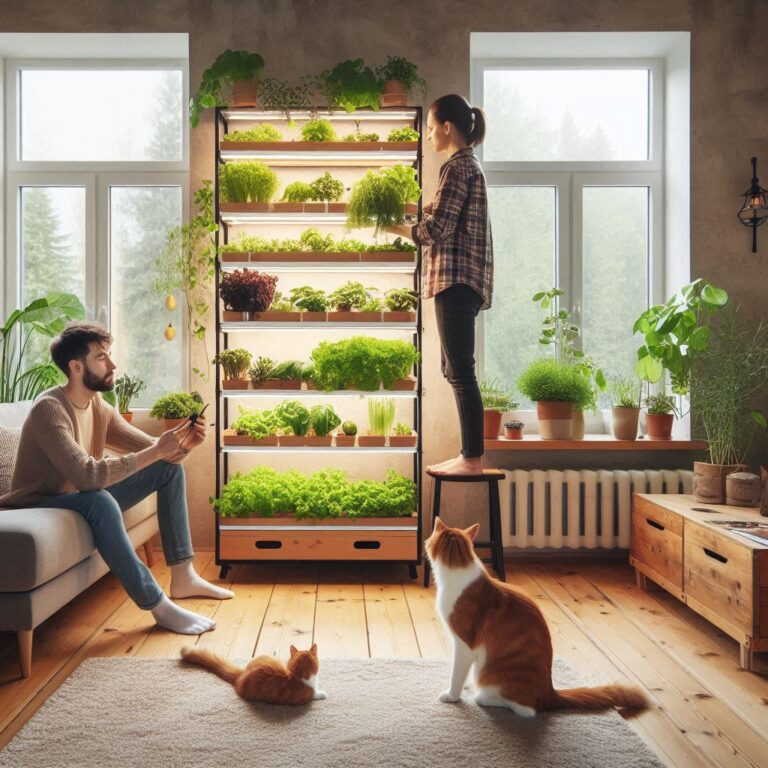Vertical Farming Success Stories
Imagine a world where fresh, local produce isn’t a luxury, but a reality – even in the heart of bustling cities. This isn’t a utopian dream; it’s the promise of vertical farming, a revolutionary approach to agriculture that’s transforming the way we grow food. Vertical farms are essentially indoor gardens stacked vertically, maximizing space utilization. This innovative system boasts a multitude of benefits:
- Unprecedented Yields: Imagine multiplying crop production on a fraction of the land traditionally required. Successful Vertical farms can achieve significantly higher yields compared to conventional methods.
- Water Warriors: These farms are water conservation champions. Precise irrigation systems drastically reduce water usage compared to open-field agriculture.
- Seasonal Shifts? No Problem: Forget the limitations of traditional seasons. Vertical farms create controlled environments, allowing for year-round production of fresh fruits, vegetables, and herbs, regardless of the weather outside.

However, the potential of vertical farming goes beyond these core benefits. It’s about fostering a more sustainable and secure food system for the future. This is where real-world success stories come into play. By exploring these inspiring examples, we’ll witness firsthand how vertical farming is making a significant impact on agriculture across the globe. Get ready to delve into the fascinating world of vertical farming success stories, where innovation is taking root and the future of food is looking bright!
Global Greenhouses: Vertical Farming Success Stories Around the World
Vertical farming is no longer a futuristic concept – it’s a thriving reality across the globe. Here, we explore success stories showcasing the power of this innovative approach, highlighting diverse operations in North America, Europe, and Asia.
North America:
- Plenty (San Francisco, USA): A pioneer, Plenty utilizes a unique indoor ecosystem with AI-powered automation to cultivate a variety of leafy greens. Their achievements include a 99% reduction in water usage compared to traditional farming and a 350 times higher yield per square foot. (Source: Plenty)
- Gotham Greens (New York City, USA): Nestled on rooftops across NYC, Gotham Greens focuses on bringing fresh, local produce to urban communities. They supply high-quality lettuce, herbs, and even strawberries to major retailers while minimizing their environmental footprint. (Source: Gotham Greens )
Gotham Greens Rooftop Farm
Europe:
- InFarm (Berlin, Germany): This European leader utilizes modular vertical farming systems that can be easily integrated into urban environments. InFarm boasts a focus on sustainability, with their farms achieving a significant reduction in energy consumption and a commitment to using renewable energy sources. (Source: InFarm )
Asia:
- Spread (Singapore): Addressing limited land availability, Spread cultivates various Asian greens and herbs in their innovative vertical farms, ensuring a reliable supply of fresh, local produce for Singapore’s population.
- Yasai (Japan): Taking vertical farming to new heights, Yasai operates the world’s largest plant factory, a multi-story vertical farm producing a staggering variety of leafy greens and vegetables year-round. Their success highlights the potential of vertical farming to meet the demands of densely populated areas. (Source: Yasai’s Plant Factory)
These are just a few examples of the many real-life vertical farming success operations making waves around the world. They showcase the potential of vertical farming not just for increased yield and reduced environmental impact, but also for fostering a more secure and sustainable food system for all.

Vertical Farming Industry Leaders: Cultivating Innovation at the Forefront
Individual farms don’t solely drive the Successful vertical farms; it’s fueled by the innovation and dedication of leading companies pushing the boundaries of this technology. Let’s meet some of the Successful vertical farming industry leaders:
- AeroFarms (Newark, USA): This award-winning company (including the inaugural Global SDG Award for sustainable development) is a pioneer in aeroponic vertical farming technology. AeroFarms utilizes a fog-based system to deliver nutrients directly to plant roots, minimizing water usage and maximizing efficiency. Their commitment to research and development has led to significant advancements in LED lighting optimization for plant growth. (Source: AeroFarms)
- Vertical Future (Dubai, UAE): With a focus on large-scale vertical farms, Vertical Future is helping to revolutionize food production in the Middle East. Their innovative use of robotics and automation streamlines processes and ensures consistent quality. Vertical Future’s dedication to sustainable practices includes exploring the use of renewable energy sources to power their farms. (Source: Vertical Future)
- Bowery Farming (New York City, USA): This industry leader is known for its commitment to data-driven vertical farming. Bowery Farming utilizes advanced sensors and software to monitor and optimize plant growth in real time. This data-centric approach allows them to consistently produce high-quality crops with minimal waste. Their dedication to transparency has earned them recognition for their commitment to sustainable agriculture practices. (Source: Bowery Farming)
- Plenty (San Francisco, USA) (mentioned earlier): We previously explored Plenty’s impressive achievements, but it’s worth reiterating their innovative approach. Plenty’s unique indoor ecosystem leverages artificial intelligence to personalize growing conditions for each plant variety. This level of precision allows them to cultivate a wider range of crops while maximizing yield and minimizing resource consumption. (Source: Plenty)
- InFarm (Berlin, Germany) (mentioned earlier): InFarm’s modular vertical farming systems deserve another mention for their contribution to the industry. These adaptable units can be easily integrated into various urban environments, promoting accessibility and fostering local food production within cities. InFarm’s commitment to sustainability and its focus on reducing energy consumption set a positive example for the industry. (Source: InFarm)
Beyond the Leaders: A Collaborative Future
These leading companies are just a fraction of the innovators shaping the future of Successful vertical farms. A spirit of collaboration is emerging within the industry, with companies sharing knowledge and expertise to accelerate advancements. Research institutions and universities are also playing a crucial role by developing cutting-edge technologies and conducting in-depth studies on the long-term sustainability of vertical farming practices.
The Road Ahead: Embracing a Sustainable Future
The success stories and industry leaders highlighted here showcase the immense potential of vertical farming to revolutionize the way we grow food. By promoting increased efficiency, reduced environmental impact, and local food production, vertical farming offers a promising path towards a more sustainable future. As the industry continues to evolve, we can expect even greater advancements that will further transform the agricultural landscape.
Key Benefits: Cultivating a Brighter Future
Vertical farming isn’t just about impressive yields; it’s about fostering a more sustainable and secure food system. Let’s delve deeper into following Successful vertical farms stories exemplify key benefits of this innovative approach:
Reduced Reliance on Pesticides: Cultivating Cleaner Crops
- Farm Example: Little Leaf Farms (Chicago, USA): This urban vertical farm prioritizes organic practices and minimizes pesticide use. By utilizing a controlled environment, they create a natural barrier against pests, reducing the need for chemical interventions. This translates to safer food for consumers and a healthier environment for everyone. (Source: Little Leaf Farms)
- Impact: Little Leaf Farms exemplifies the potential of vertical farming to promote sustainable and organic food production. Their commitment to minimizing pesticide use ensures a cleaner food supply for urban communities while protecting the environment from harmful chemicals.
Year-Round Production: Reliable Freshness All Year Long
- Farm Example: 80 Acres Farms (Amsterdam, Netherlands): Located in a climate-controlled warehouse, 80 Acres Farms operates a vertical farm that produces a variety of herbs year-round. Their innovative approach allows them to bypass the limitations of traditional seasons, ensuring a consistent supply of fresh, local produce for consumers in Amsterdam, regardless of the weather outside. (Source: 80 Acres Farms)
- Impact: 80 Acres Farms demonstrates the transformative power of vertical farming in ensuring year-round food production. This eliminates dependence on seasonal availability and promotes a reliable supply of fresh, local ingredients for restaurants and consumers throughout the year.
Urban Agriculture Potential: Freshness Delivered to Your Doorstep
- Farm Example: Inner Garden (Hong Kong): Nestled in the heart of a bustling city, Inner Garden operates a vertical farm that cultivates leafy greens for local restaurants and grocery stores. Their urban location minimizes transportation distances, reduces their environmental footprint, and ensures maximum freshness for consumers. (Source: Inner Gardens-Hong Kong)
- Impact: Inner Garden highlights the potential of vertical farming to revolutionize urban agriculture. By operating within the city limits, they minimize transportation costs, promote local food systems, and bring fresh produce closer to consumers, all while maximizing land utilization in a densely populated area.
These are just a few examples of how vertical farming addresses specific challenges within the agricultural sector. By focusing on reduced reliance on pesticides, year-round production, and urban agriculture potential, vertical farming offers a glimpse into a future where food production is more sustainable, efficient, and accessible.
Conclusion: Cultivating a Sustainable Future, One Vertical Farm at a Time
These Successful vertical farms explored throughout this blog paint a vivid picture of vertical farming’s immense potential. These innovative farms aren’t just growing crops; they’re cultivating a brighter future for our food system.
Key Takeaways:
- Vertical farming offers significantly higher yields on a fraction of the land compared to traditional methods.
- It drastically reduces water usage and minimizes reliance on harmful pesticides, promoting a more sustainable approach.
- Controlled environments allow for year-round production, ensuring a consistent supply of fresh, local produce regardless of season.
- Urban vertical farms can bring fresh food closer to consumers, reducing transportation costs and fostering local food systems.
The future of agriculture is no longer confined to vast fields. Vertical farming presents a compelling solution for a growing population, offering a more efficient, sustainable, and secure way to grow food. As research and development continue to refine this technology, we can expect even greater advancements, making vertical farming a more accessible and cost-effective solution.
Inspired by the success stories you’ve encountered? The future of food is sprouting, and you can be a part of it! Here’s how:
- Explore local initiatives: Research vertical farming projects happening in your community. Many cities are embracing this technology, and you might be surprised to find a vertical farm operating near you.
- Delve deeper: Resources like the Vertical Farming Institute and documentaries like “The Biggest Little Farm: The Return” offer a wealth of information about the potential and challenges of vertical farming.
By staying informed and supporting innovative solutions, we can all contribute to a future where vertical farming plays a pivotal role in creating a more sustainable and secure food system for generations to come. The seeds of change have been sown, and the future of agriculture is looking bright and vertical!
While vertical farming offers a promising path forward, there are challenges to address. Initial investment costs can be high, and energy consumption is an area requiring ongoing research. However, advancements are being made:
- Cost Reduction Strategies: As the technology matures and economies of scale come into play, vertical farming is expected to become more affordable.
- Renewable Energy Integration: Research is focusing on integrating renewable energy sources like solar power to reduce the environmental footprint associated with energy consumption.
By acknowledging and addressing these challenges head-on, we can pave the way for a future where vertical farming plays a significant role in creating a more sustainable and resilient food system for all.
Explore Related Articles:






